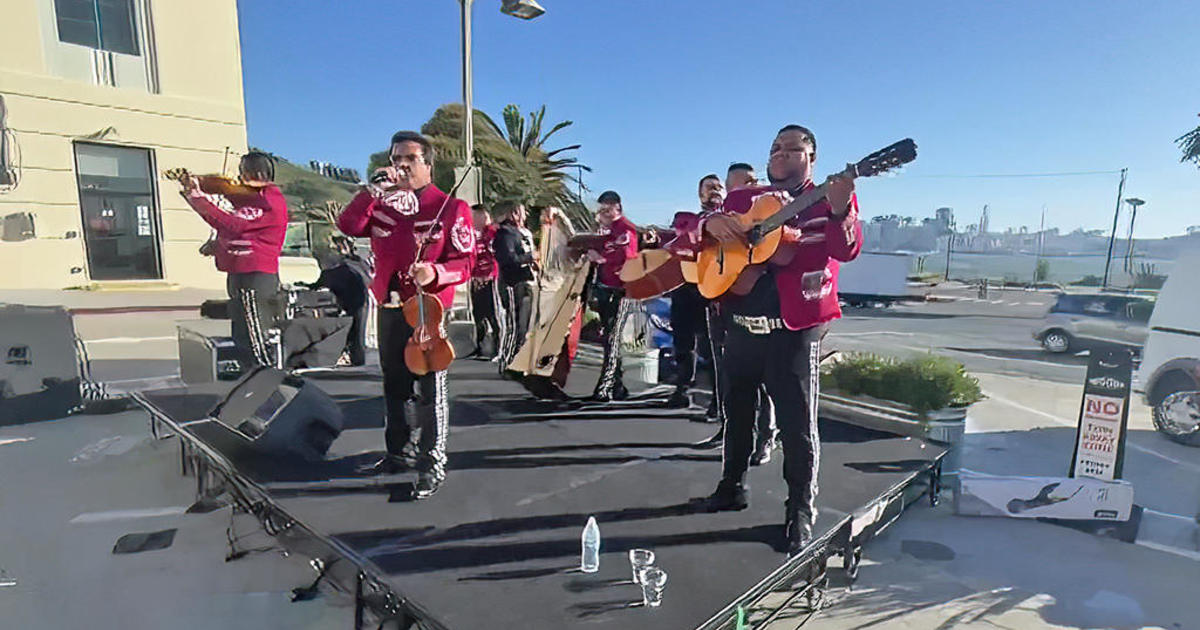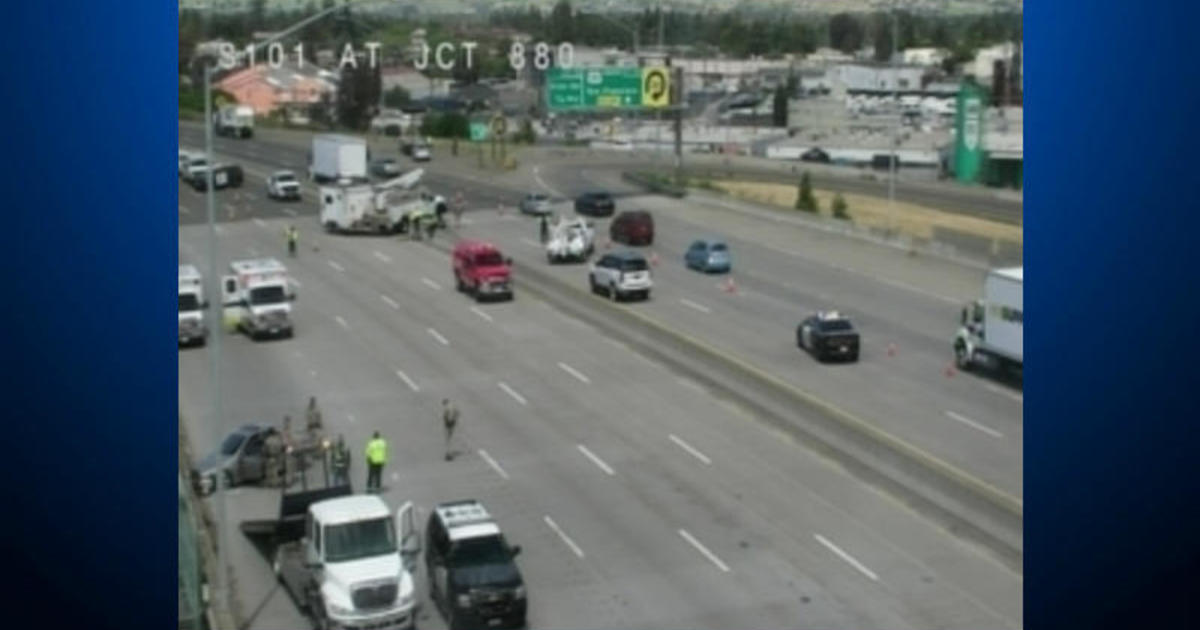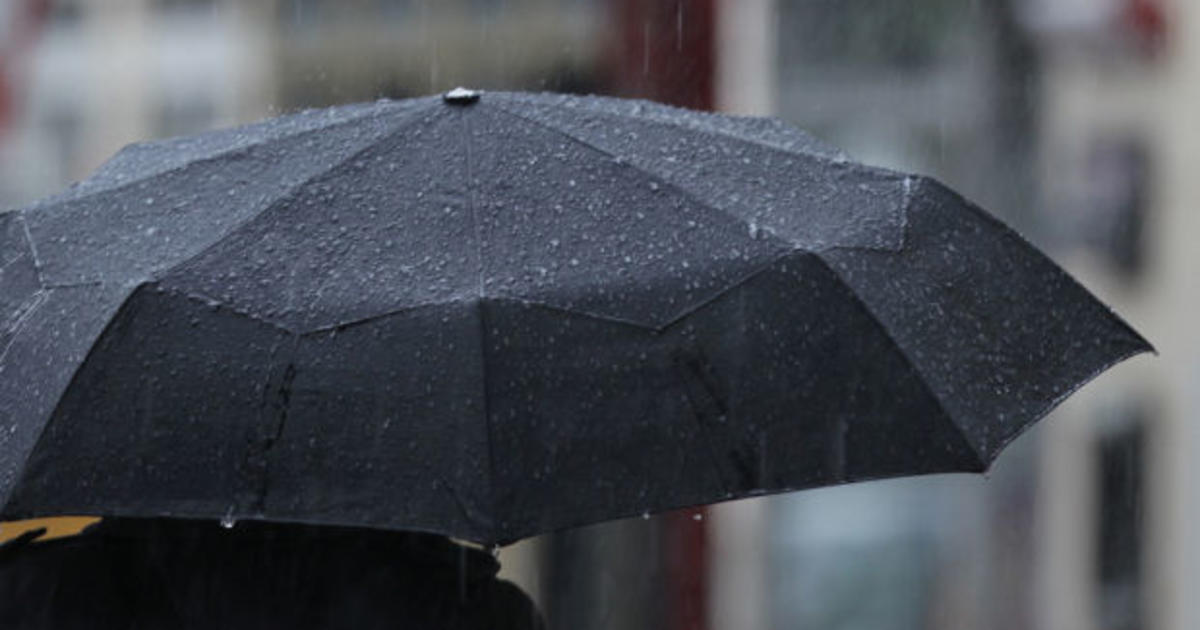PG&E bills prompting sticker shock from Bay Area customers
Sticker shock is the new normal at the pump, at the grocery store, and now at home with some eye-popping utility bills, making for some tough decisions for Bay Area families already tight on cash.
"We just had to have a brand-new furnace put in, which is more energy efficient so we were kind of excited about that," said Debbie Oertel.
Oertel keeps her Martinez home at a low temperature.
"It's at 66 and what do you normally keep it on," explained Oertel. "That is pretty much our normal."
She watches how hot her water gets and runs her appliances as little as possible, during non-peak times.
"We never run our dishwasher half empty or anything, we are very cognizant on how much we use things to be energy efficient," she said.
Oertel also monitors how much gas her family is using to try to keep their bills down.
"I might as well be boiling dollar bills because who knows how much that cost but I know it's a lot," she said.
Even with price increases all over the place right now, her December bill was still a tough pill to swallow, especially when her usage was on par with her usage the year prior.
"Last year, at the same time with the same bill, the gas charges were $191, and this year, it is $386, so that is a pretty big increase," said Oertel.
Oertel is not surprised by the price but is concerned for neighbors who are going to have to make hard decisions.
"People are going to have to decide if we are going to eat today or are we going to turn on our heater.," she said.
"These price increases are being driven by higher demand and tighter supplies of natural gas on the west coast," explained Mayra Tostado, a spokesperson for PG&E.
The U.S. Energy Information Administration reports that California customers are currently paying two to nine times more than people in cold climates like Chicago and New York.
"The increases that customers are going to see on their bills is what we are seeing with natural gas prices," said Tostado. "Market prices are up because of inflation and all of the other issues and what we saw during the pandemic."
PG&E has these suggestions to lower your next bill:
- Lower the thermostat. Tostado says that every degree lowered on it can save you 2% on your heating bill.
- Set your water heater at no more than 120 degrees. Any temperature above that can cost you more.
- Wash clothes in cold water.
- Sign up for bill alerts with PG&E. You can be notified by PG&E when your usage starts to hit the threshold you set for the month.
- Use PG&E's online comparison tool to check what rate suits your needs.
"PG&E does not mark up the prices it pays for natural gas or electricity, what we pay, our customers pay," said Tostado.
Additional tips can be found on the PG&E website.
For customers like Oertel, these high bills are part of the price to pay to live in the Bay. Oertel says she expects to pay even more on her family's next bill.
"We really have lost trust in PG&E, between the fires and the rolling blackouts and then we can't bring you electrical power today," said Oertel. "And then they have commercials. Who is paying for those commercials? Well, we are paying for those commercials."
PG&E says customers can expect an increase of about 24% or $67 from December to February.




